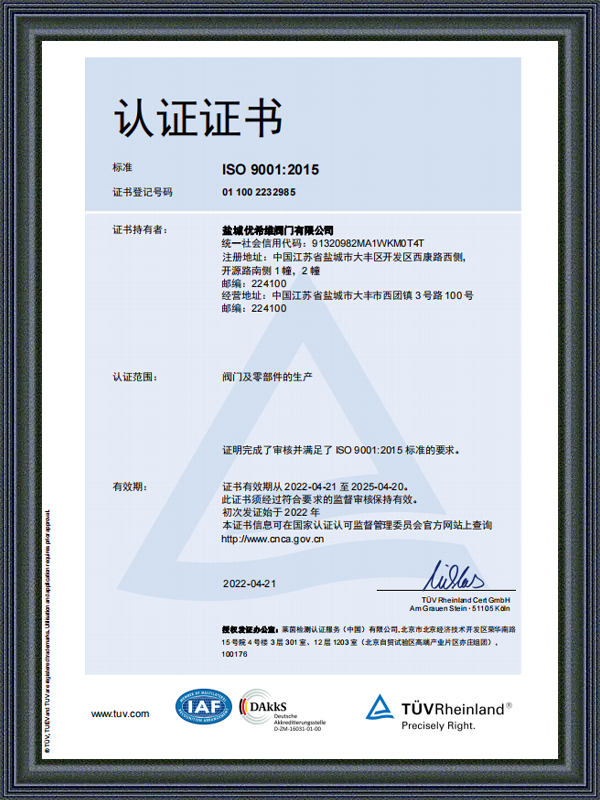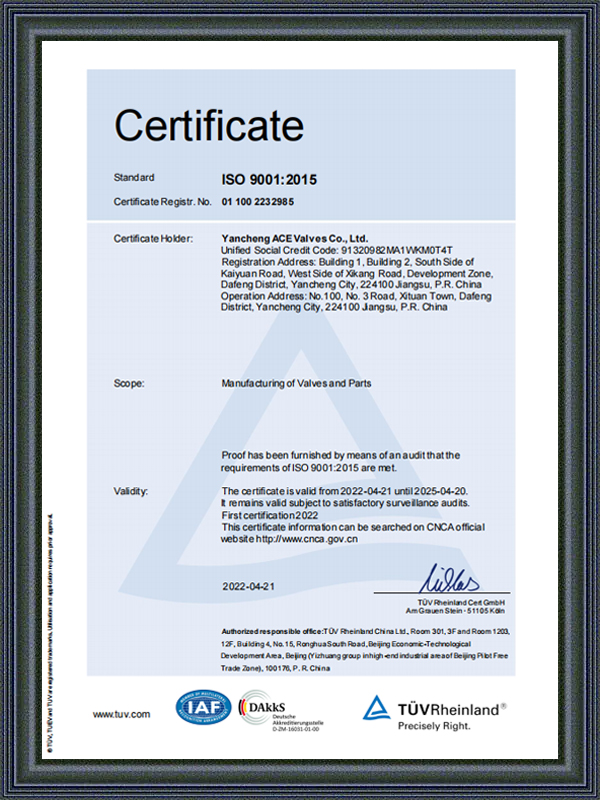Industry knowledge
How does the maintenance and repair of wind power equipment parts factor into the machining process
The maintenance and repair of
wind power equipment parts play a significant role in ensuring the efficiency and longevity of wind turbines. Machining processes are closely involved in several aspects of maintenance and repair:
Component Refurbishment: Over time, wind turbine components may experience wear and tear due to continuous operation and exposure to harsh environmental conditions. Machining processes are used to refurbish worn-out components, such as gears, shafts, and bearings, by repairing surface imperfections, restoring dimensions, and improving mechanical properties. This may involve processes like grinding, milling, turning, or welding.
Replacement Part Manufacturing: In cases where components are irreparably damaged or have reached the end of their operational lifespan, machining processes are employed to manufacture replacement parts. Manufacturers often keep detailed specifications and CAD models of their components to facilitate the accurate reproduction of parts through machining techniques like CNC machining.
Blade Maintenance: Wind turbine blades are critical components that require regular inspection and maintenance to ensure optimal performance. Machining processes may be utilized for tasks such as repairing minor damages, adjusting blade profiles, and restoring aerodynamic efficiency. Advanced machining techniques, including laser scanning and robotic machining, are employed for precision blade maintenance.
On-site Machining Services: In situations where it's not feasible to transport large wind turbine components to a machining facility, on-site machining services may be employed. Portable machining equipment is used to perform maintenance and repair tasks directly at wind farm sites, minimizing downtime and logistical challenges associated with component transportation.
Quality Assurance: Machining processes used in maintenance and repair activities undergo rigorous quality control measures to ensure that refurbished or replacement parts meet the required specifications and standards. This includes dimensional accuracy checks, surface finish inspections, material testing, and performance evaluations to guarantee the reliability and safety of repaired components.
What are the tolerances typically required for machining wind power equipment parts, and how are these tolerances achieved?
The tolerances required for
machining wind power equipment parts can vary depending on the specific component and its function within the wind turbine. However, due to the precision required for optimal performance and safety, tight tolerances are often specified. Here are some typical tolerances and how they are achieved:
Dimensional Tolerances: Wind turbine components, such as shafts, gears, and bearing surfaces, often require tight dimensional tolerances to ensure proper fit and alignment within the turbine assembly. Dimensional tolerances typically range from a few micrometers to tens of micrometers. Achieving these tolerances involves using high-precision machining techniques such as CNC milling, turning, and grinding, as well as precision measuring instruments like coordinate measuring machines (CMMs) to verify dimensions.
Geometric Tolerances: Geometric tolerances ensure that features such as holes, slots, and mating surfaces meet specified geometric requirements. Common geometric tolerances include perpendicularity, concentricity, cylindricity, and parallelism. These tolerances are achieved through careful machining processes, tool selection, fixturing, and toolpath programming in CNC machining to control the geometry of machined features accurately.
Surface Finish Tolerances: Surface finish requirements ensure that machined surfaces meet specified roughness parameters to optimize performance, minimize wear, and reduce friction. Surface finish tolerances are typically expressed in terms of Ra (average roughness) or Rz (maximum height of the profile). Achieving surface finish tolerances involves selecting appropriate cutting tools, machining parameters (such as cutting speed and feed rate), and post-machining processes such as grinding, polishing, or coating application to achieve the desired surface texture.
Assembly Tolerances: Wind turbine assemblies require components to fit together with minimal clearance or interference to maintain structural integrity and operational efficiency. Assembly tolerances ensure that mating components assemble correctly and function as intended. Achieving assembly tolerances involves considering the cumulative effects of individual component tolerances, as well as proper alignment during assembly and installation procedures.
Material Tolerances: Machining wind power equipment parts often involves working with materials such as steel, aluminum, composites, and specialized alloys. Material tolerances ensure that the material properties, such as hardness, tensile strength, and thermal conductivity, meet specified requirements. Material tolerances are achieved through careful material selection, heat treatment processes, and material testing to ensure compliance with engineering standards and specifications.

 English
English русский
русский


